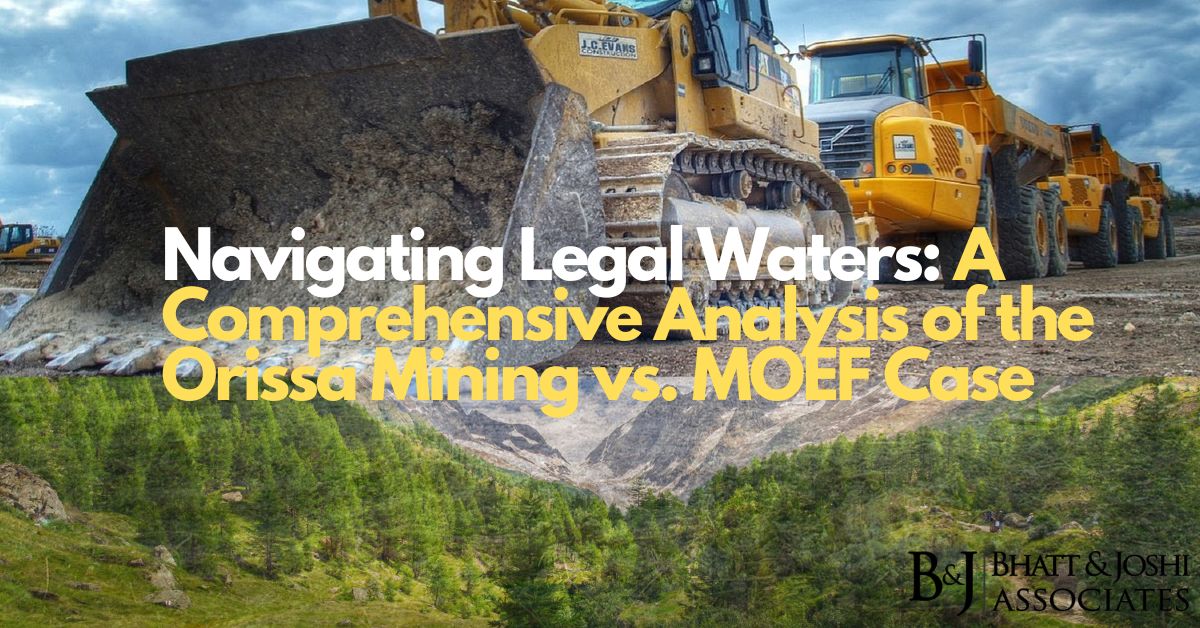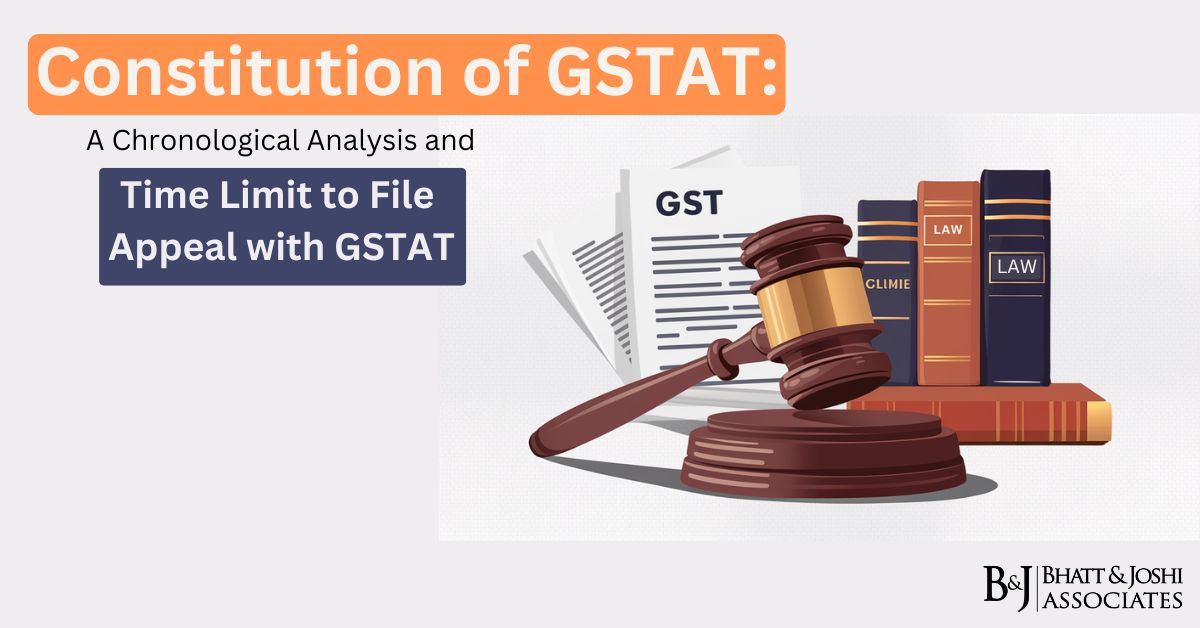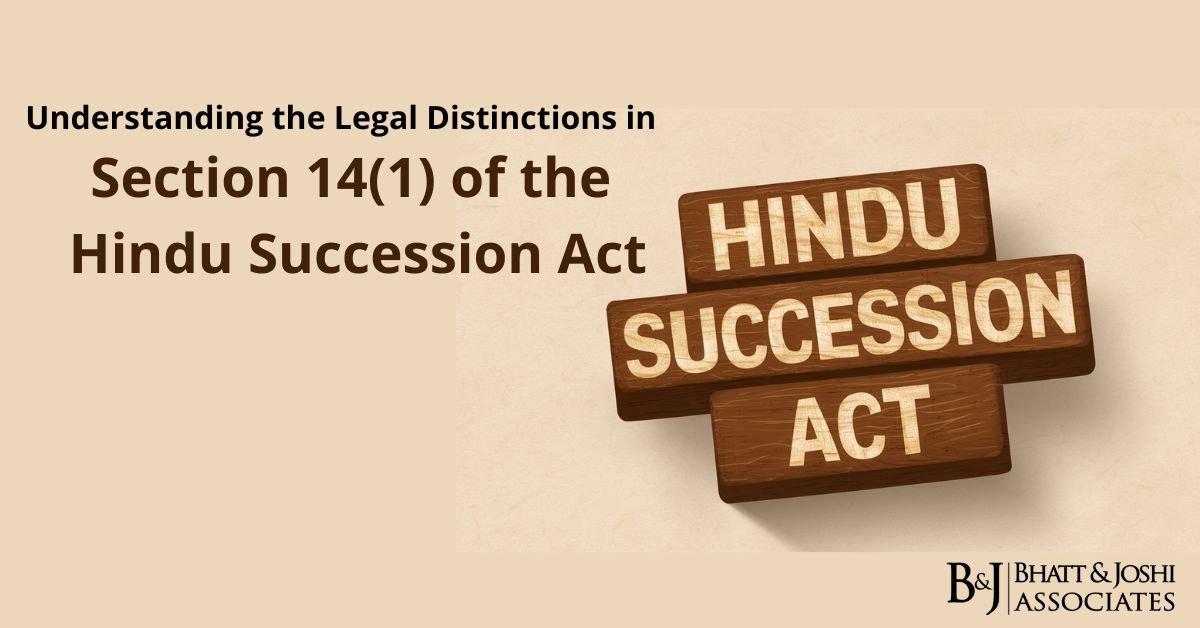Background: Navigating Legal Waters with Orissa Mining vs. MOEF
The Orissa Mining vs. MOEF Corporation Ltd case serves as a landmark in the annals of Indian jurisprudence, unraveling the intricate tapestry woven between environmental law, indigenous rights, and development interests. In this extensive exploration, we delve into the multifaceted legal arguments presented by both parties – the petitioner, Orissa Mining Corporation (OMC), and the respondents, Ministry of Environment & Forests (MOEF). We meticulously scrutinize the Supreme Court’s comprehensive analysis, a balanced examination that ultimately culminated in a judgment seeking equilibrium between conservation efforts and the rights of indigenous communities.
At its core, the legal battle unfolded with OMC challenging the MOEF’s rejection of forest clearance for bauxite mining in the ecologically sensitive Niyamgiri Hills. The battleground was set with a clash of perspectives, blending arguments rooted in environmental conservation, the protection of indigenous rights, and the exigency of development.
Petitioner’s Arguments
OMC fervently contended that the MOEF’s rejection lacked a solid foundation. Their stance was grounded in the economic significance of the proposed mining project. They argued that the project adhered to stringent environmental standards and had the potential to usher in economic benefits for the region.
Respondents’ Defense
On the opposing front, MOEF, fortified by the support of environmental groups and indigenous communities, articulated a robust defense. Their argument pivoted on the irreversible environmental impact the mining project would pose and the infringement of the tribal rights intrinsic to the region.
The Supreme Court’s Legal Analysis
In dissecting the legal intricacies of the case, the Supreme Court embarked on a meticulous examination of the frameworks governing forest conservation, indigenous rights, and the procedural intricacies of granting forest clearances.
Interpretation of the FRA and FCA
The judgment underscored the pivotal role played by the Forest Rights Act (FRA) in safeguarding the habitats and livelihoods of indigenous communities. It emphasized that any development project must align with and respect these rights. Additionally, in interpreting the Forest Conservation Act (FCA), the Court stressed the imperative for rigorous scrutiny of projects seeking forest land diversion. This reaffirmed the act’s indispensable role in protecting India’s invaluable forest resources.
The Role of PESA in Local Governance
The Court brought the Panchayats (Extension to Scheduled Areas) Act (PESA) into sharp focus, accentuating the significance of local self-governance. It asserted that Gram Sabha’s consent holds paramount importance in Scheduled Areas, reinforcing the community’s voice in decisions impacting their lands.
Legal Precedents and Implications: The Orissa Mining vs. MOEF Case
Woven into the fabric of the Supreme Court’s decision were threads drawn from prior legal precedents. This alignment was not arbitrary but rather reflective of a broader constitutional mandate aimed at safeguarding environmental resources and the rights of marginalized communities.
Setting New Legal Standards
The judgment, beyond resolving the immediate dispute, stands as a lodestar in environmental jurisprudence. It establishes stringent guidelines for evaluating development projects in forest areas and Scheduled Areas. By doing so, it sets a precedent with far-reaching implications, providing a robust framework for future legal considerations in contexts analogous to the one presented in this case.
Conclusion: Steering Towards a Balanced Future with Orissa Mining vs. MOEF Case
The Orissa Mining Corporation Ltd vs Ministry Of Environment & Forest & Ors. judgment epitomizes the Supreme Court’s pivotal role in navigating the intricate legal conflicts entwining development imperatives, conservation goals, and indigenous rights. Through a meticulous legal analysis and the establishment of precedents, the Court not only dispensed justice in the immediate dispute but also laid down principles that will serve as guideposts for future cases within the realms of environmental and indigenous rights law. This case reaffirms the judiciary’s commitment to upholding the constitutional environmental ethos and ensuring the protection of marginalized communities. It symbolizes India’s trajectory toward development, as delineated by the judiciary, prioritizing inclusivity and sustainability. By striking a delicate balance between development imperatives and the preservation of environmental and indigenous heritage, the Supreme Court paves the way for a future where legal decisions contribute to a harmonious coexistence between progress and conservation. As we navigate the legal waters, the Orissa Mining case serves as a testament to the evolving nature of environmental jurisprudence in India. It underscores the need for a holistic approach, where legal analyses go beyond immediate disputes to establish enduring principles that foster a balanced and sustainable future for the nation. In embracing this new paradigm, India has the opportunity to showcase a legal framework that not only resolves conflicts but also shapes a trajectory for responsible and inclusive development in the 21st century.














